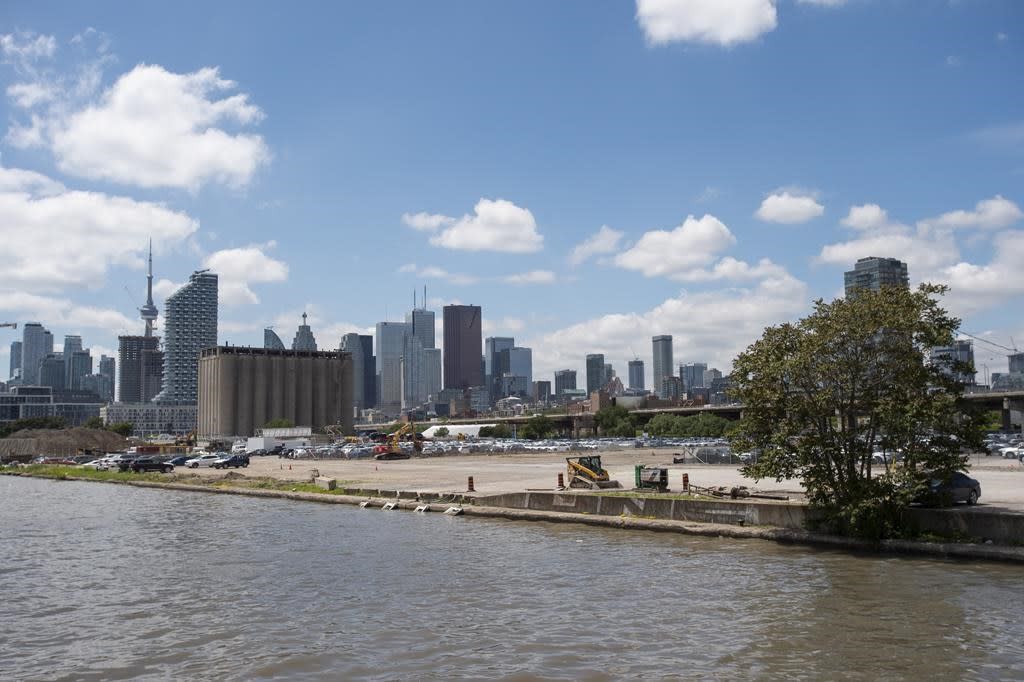Yeah, to me, WT's failings with respect to urban design and built form significantly detract from the (in some cases) good public realm it has delivered. HTO park, Sugar Beach, Corktown Common, and the wave decks are all lovely and successful, and Love Park, Rees Park, the ferry terminal, and the Portlands parks all look very promising. But in nearly every instance where WT has had to put down a building there are problems, and it looks like that will continue to be the case as the eastern waterfront is built out.
Almost all of the architecture east of Yonge is moribund, and some of it is downright horrendous. The massing on the waterfront-fronting mid-rises is bulky and overwhelming and the integration with the public realm around them is uninventive and formulaic. There's very little in the way of fine-grained intrigue anywhere, all of the new local roads are too wide and/or totally needless.
I actually do like strolling the waterfront despite all of that, so that's something I suppose, but it's hard to ignore the massive lost opportunity; even if you give it a "mostly fine", the standard here should have been nothing short of world class. In any event, it doesn't instil much confidence in WT managing the Quayside process, though I agree that the revised principles are an improvement over the Sidewalk debacle.
